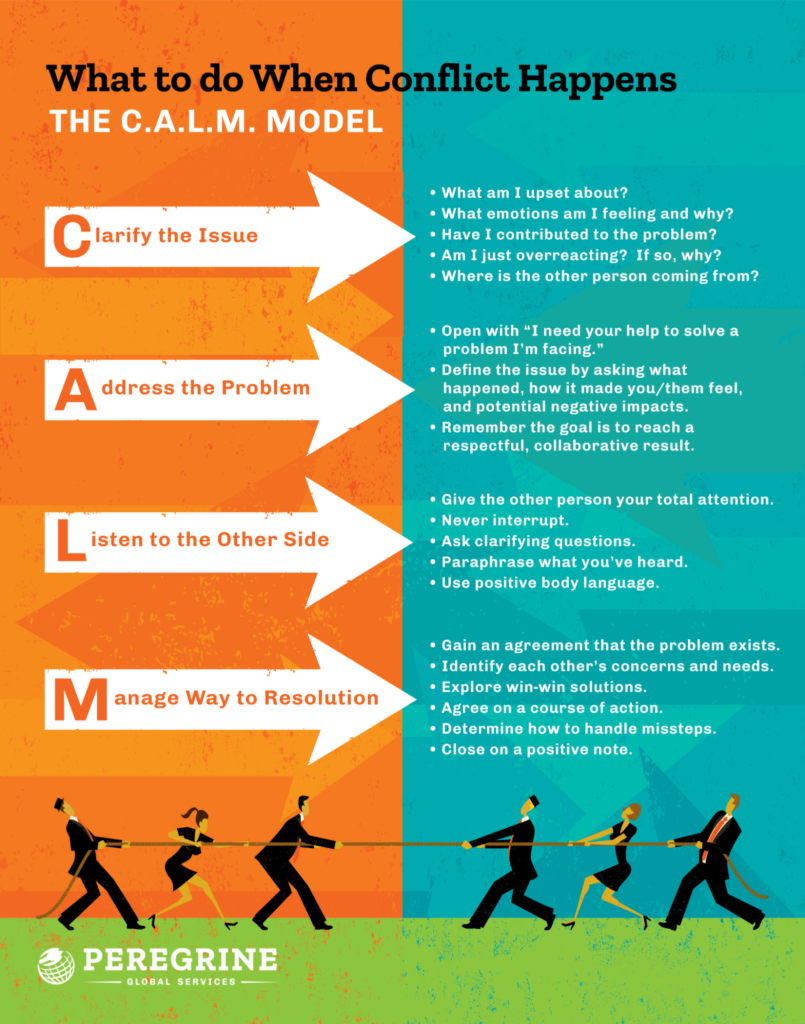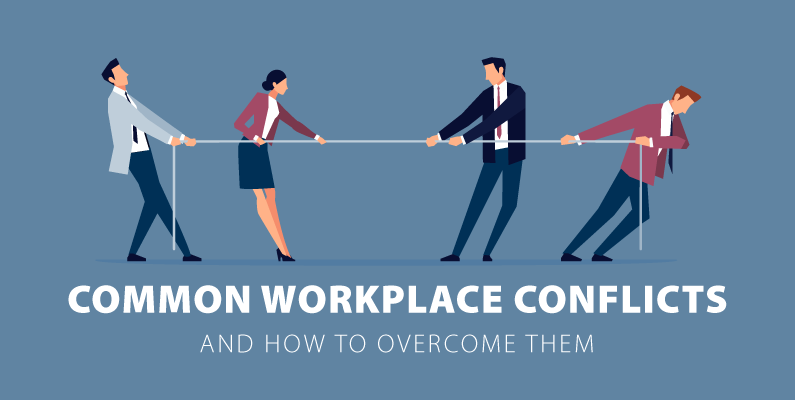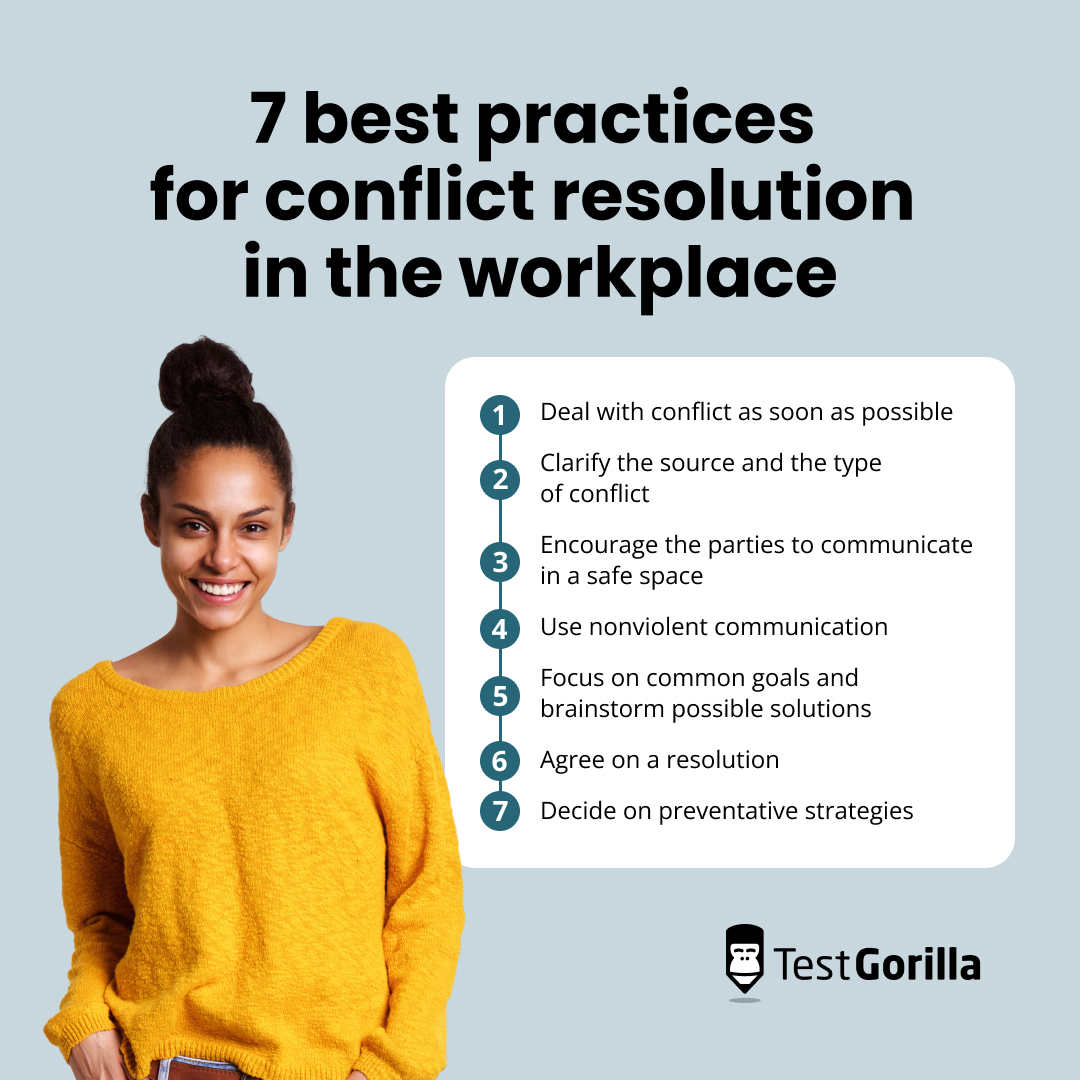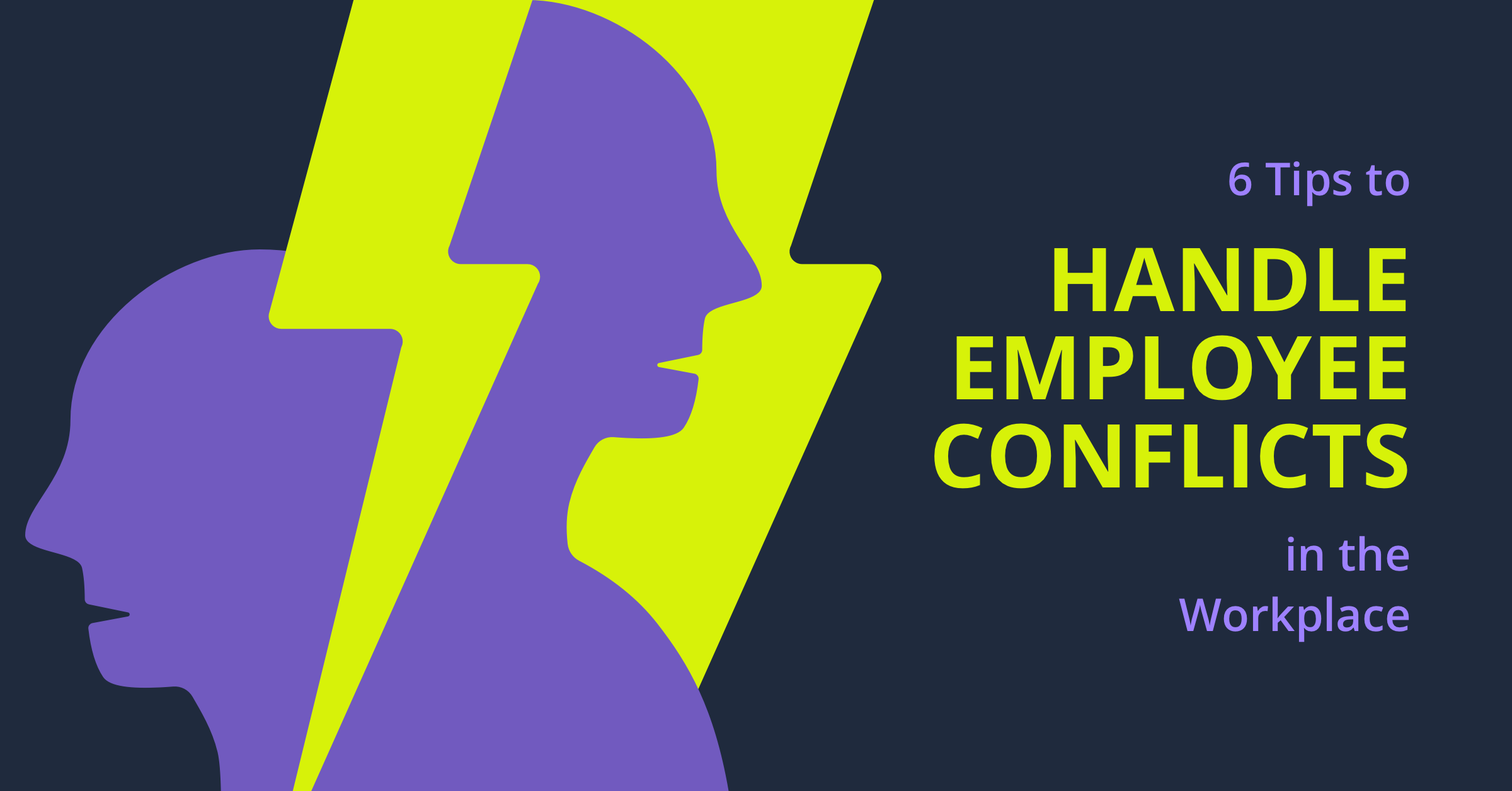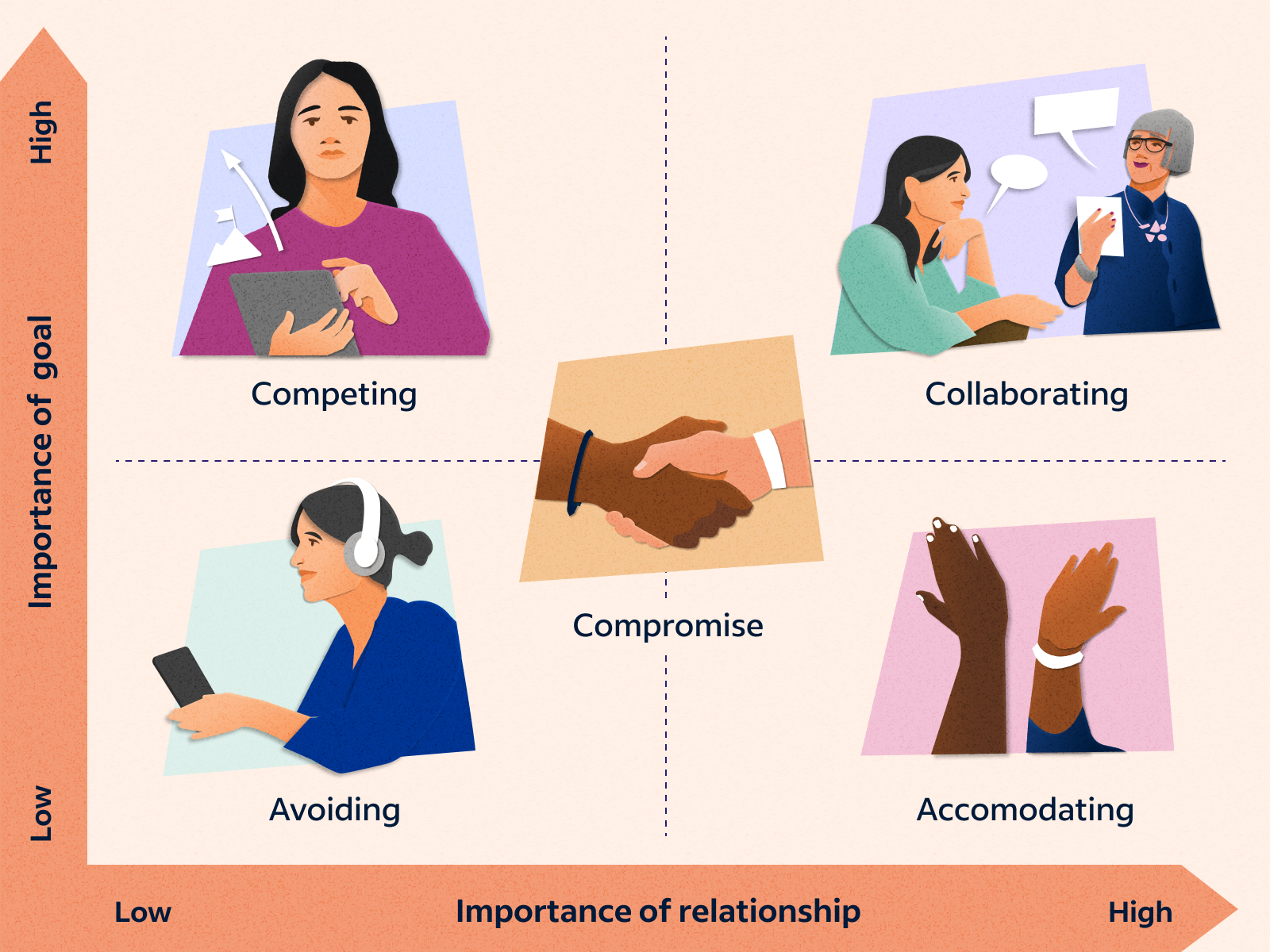How To Handle Conflict Between Employees
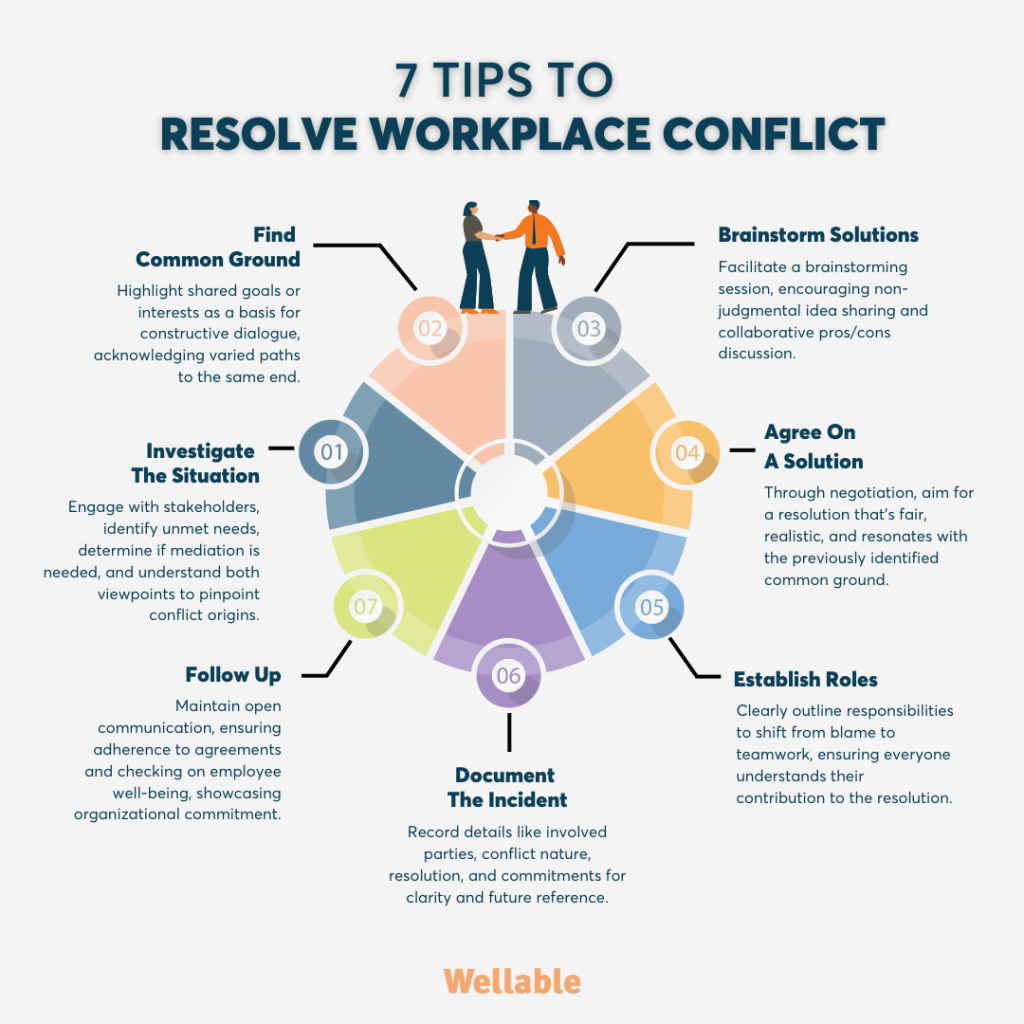
Workplace conflict, an almost inevitable byproduct of diverse personalities and competing priorities, can quickly erode morale, stifle productivity, and even lead to legal repercussions. From minor disagreements over project responsibilities to deep-seated clashes in work styles, unresolved conflict poses a significant threat to organizational health. But proactively addressing these issues with effective strategies can transform potential disruptions into opportunities for growth and stronger team dynamics.
This article will delve into actionable strategies for managing and resolving employee conflict, drawing upon expert insights and best practices to equip managers and HR professionals with the tools needed to foster a more harmonious and productive work environment. It will explore the root causes of workplace friction, outline proven conflict resolution techniques, and highlight the importance of establishing clear communication channels and conflict resolution policies.
Understanding the Roots of Workplace Conflict
Conflict rarely arises from a single incident. It often stems from a complex interplay of factors, including differences in values, communication styles, and perceived unfairness.
SHRM (Society for Human Resource Management) notes that miscommunication is a leading cause, highlighting the importance of clear and transparent communication practices. Unclear expectations, lack of feedback, and gossip can all contribute to misunderstandings and resentment.
Competition for limited resources, whether budget, recognition, or promotion opportunities, can also fuel conflict. When employees feel they are not being treated fairly or that their contributions are undervalued, tension inevitably arises.
Establishing a Proactive Approach
The most effective approach to managing conflict is to prevent it from escalating in the first place. This requires creating a workplace culture that values open communication, respect, and empathy.
A clearly defined and well-communicated conflict resolution policy is crucial. This policy should outline the steps employees should take when a conflict arises, including whom to contact and what resources are available. According to the EEOC (Equal Employment Opportunity Commission), such policies can also help prevent discrimination and harassment-related conflicts.
Regular training on communication skills, conflict resolution techniques, and diversity and inclusion can equip employees with the tools they need to navigate disagreements constructively. This training should emphasize active listening, empathy, and the importance of focusing on solutions rather than blaming.
Navigating the Conflict Resolution Process
When conflict does arise, it's important to address it promptly and fairly. Ignoring the issue will only allow it to fester and potentially escalate.
The first step is often mediation, where a neutral third party facilitates a conversation between the conflicting parties. The mediator helps them to identify the root causes of the conflict, explore potential solutions, and reach a mutually agreeable resolution. This process requires the mediator to remain impartial and focused on facilitating constructive dialogue.
If mediation is unsuccessful, a more formal investigation may be necessary. This involves gathering information from all parties involved, reviewing relevant documents, and making a determination as to what occurred. It's crucial to document all steps taken during the investigation to ensure transparency and fairness. Legal counsel may be necessary in cases involving serious allegations of misconduct.
The Manager's Role in Conflict Resolution
Managers play a critical role in preventing and resolving conflict within their teams. They are often the first point of contact for employees experiencing difficulties.
Effective managers foster a culture of open communication and trust, encouraging employees to voice their concerns and providing them with the support they need to resolve disputes constructively. They also set clear expectations and hold all team members accountable for their behavior.
Managers should be trained in conflict resolution techniques and equipped to facilitate difficult conversations. They should be able to actively listen to all sides of the story, identify the root causes of the conflict, and guide the parties towards a mutually agreeable solution.
Looking Ahead: Fostering a Culture of Collaboration
The ultimate goal of conflict resolution is not simply to resolve individual disputes, but to create a workplace culture that is more collaborative, respectful, and productive.
By investing in employee training, establishing clear communication channels, and implementing fair and transparent conflict resolution policies, organizations can create an environment where conflict is viewed as an opportunity for growth and learning. This proactive approach not only minimizes disruptions but also strengthens team dynamics and fosters a more positive and engaging work experience for all.
Moving forward, organizations should embrace a continuous improvement mindset, regularly evaluating their conflict resolution processes and seeking feedback from employees to identify areas for improvement. By prioritizing conflict management, businesses can create a more harmonious and productive work environment, ultimately leading to improved employee morale and a stronger bottom line.

